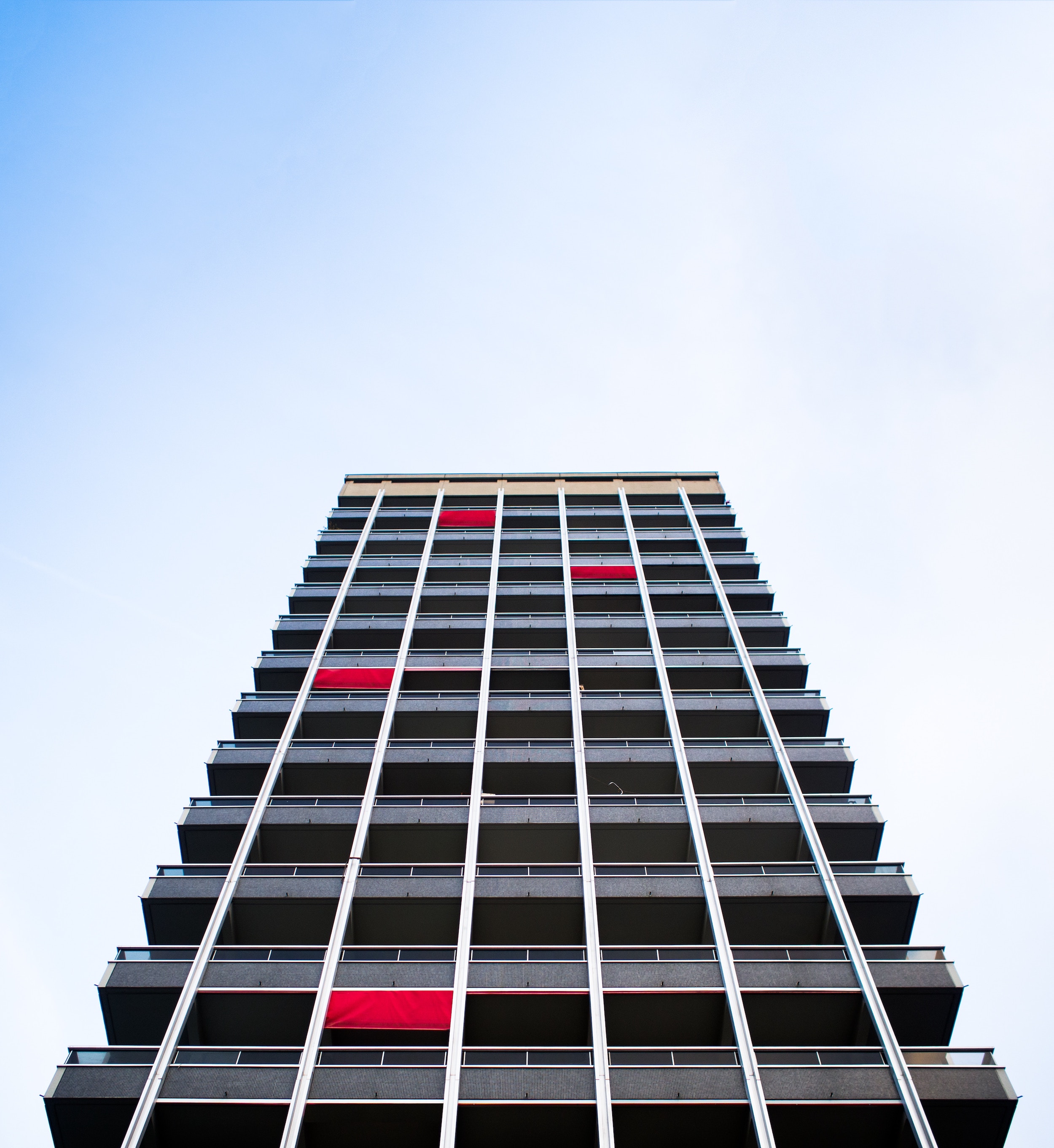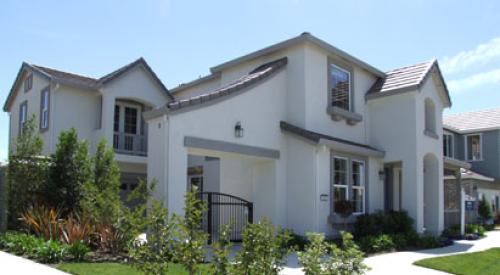New analysis of data from the Bureau of Labor Statistics (BLS) says that while rents are still increasing, the rate of increase is slowing in most areas. Also, the gap between rent growth and rising costs of non-housing goods is shrinking.
The BLS Consumer Price Index data show that rents for primary residences increased by 3.8 percent annually in the last two months of 2017, one tenth of a percentage point lower than the annual rate in September and October at 3.9 percent. The Harvard Joint Center for Housing Studies said, "it was also the first sign of easing rent growth in the CPI measure since late 2010, when rent growth slowed to a near standstill."
The data also illustrates that, despite slowing somewhat, increases in rents still outpaced increases in the cost of non-housing goods nationally, regionally, and in all but one of the 25 metros tracked by the BLS. However, the national gap has fallen from 4.9 percentage points in late 2016 to 2.3 percentage points in late 2017. The gap between increases in rents and inflation in non-housing goods narrowed in all four regions of the US, and in 22 of the 25 metros tracked by the BLS.











